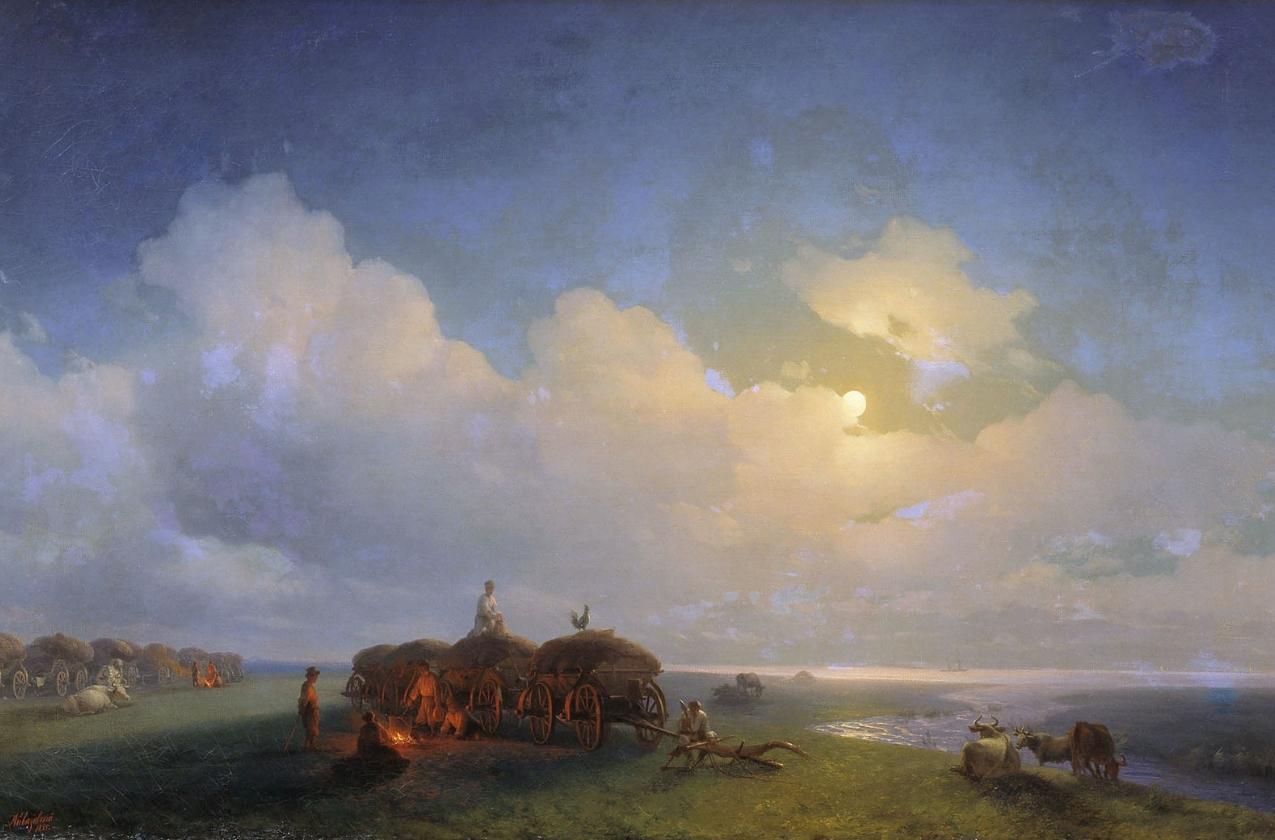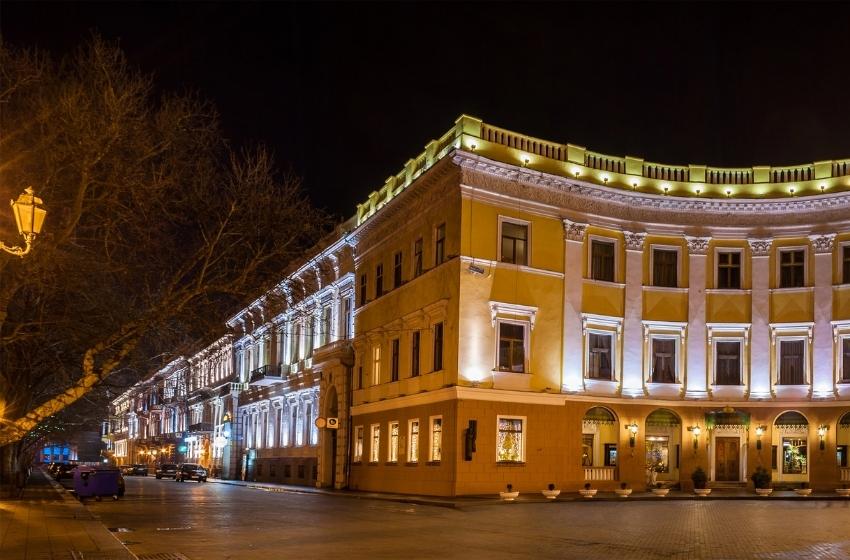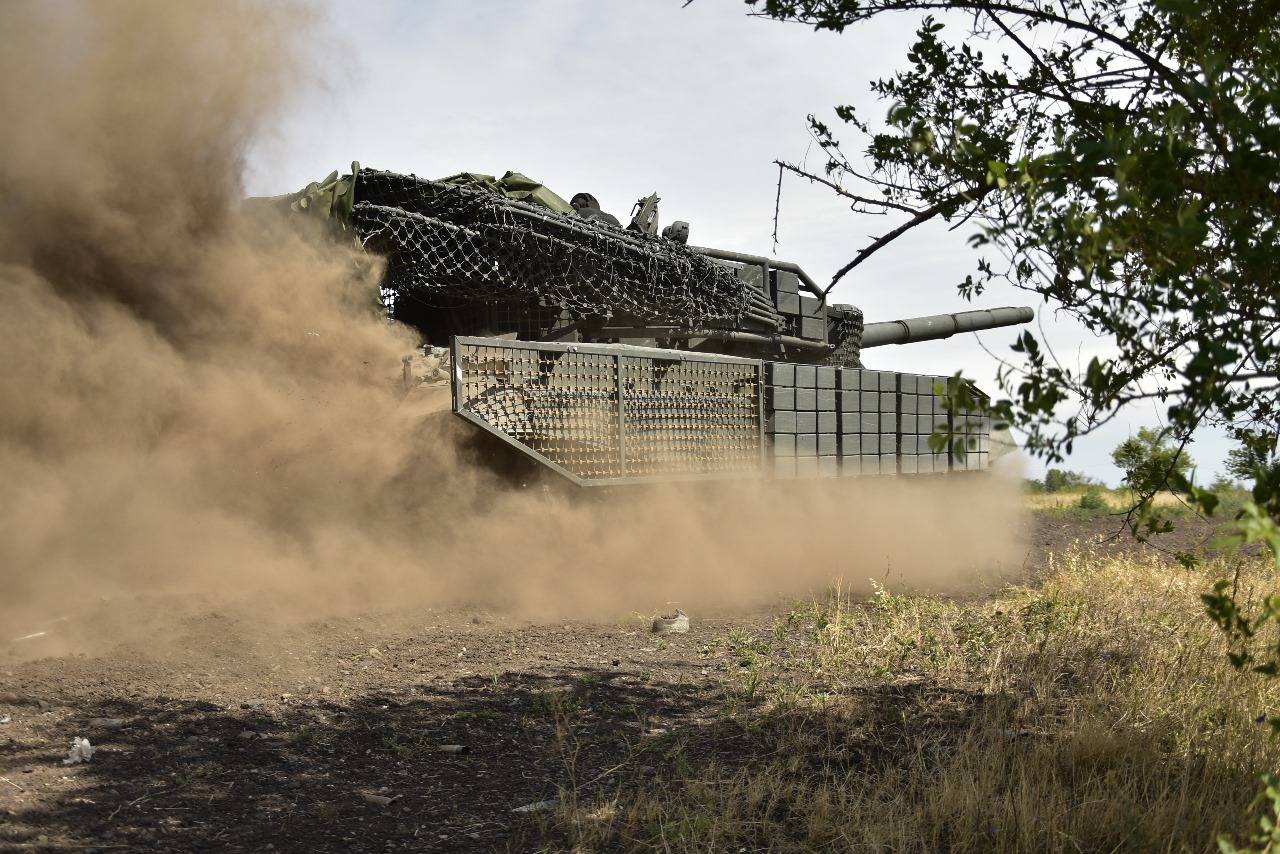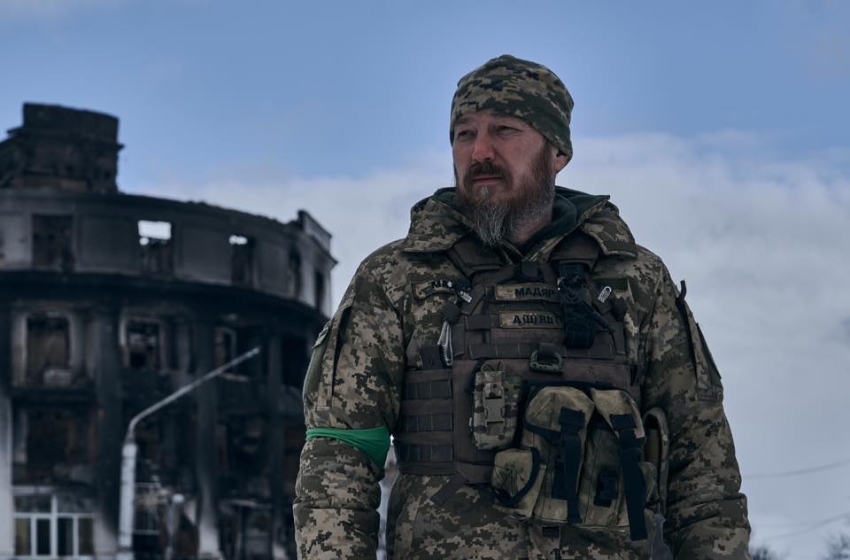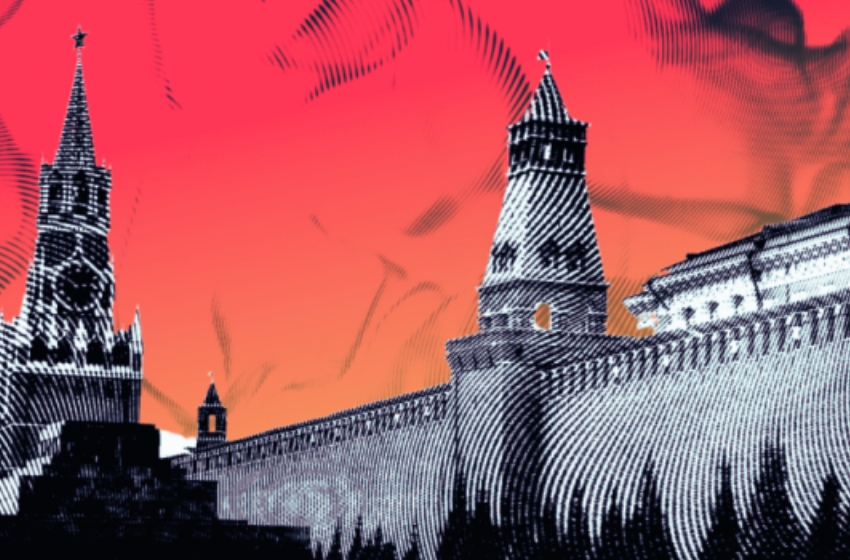They say that when the Chumaks went to Crimea for salt, the starry sky served them as a map. And along the way, they scattered a path of salt, which God then transferred to heaven, so that other walking Chumaks along this path would never get lost. So Ukrainians don't have a Milky Way but Chumak's Way.
Many different stories are told about the Ukrainian Chumaks. And somewhere out there, in the depths of history, the border between truth and fiction is lost.
There are several versions of the origin of the word "chumak". Evil tongues say that the Chumaks were so nicknamed, because, moving from place to place, they spread various infections like "chuma" (plague). Of course, this could have happened, but it is hardly that large-scale, given the popularity of the Chumak trade. There is a version that they were simply smeared with clay to avoid diseases in new unfamiliar places.
Another version says that the word comes from the Turkish Äоmak - cudgel, long stick. The cudgel was the simplest weapon for self-defense available to anyone, who decided to take the risk of going on a long journey.
To understand the importance of the Chumak trade for the Ukrainian economy at a certain time, let us turn to simple and understandable statistics. In 1842, Chumaks brought 790 thousand poods of salt to the Kyiv region, and in 1848 - almost a million poods. And in just one year, 1847, they transported about 830 thousand quarters of various grain from Kyiv to Odessa.
A pood is 16 kilograms. A quarter - 3 liters. It is easy to calculate what colossal work the Chumaks did every year.

In the XVIII century the Chumaks had a monopoly on the salt trade.
The Chumaks were supported by the authorities. For example, in Katerynoslav Prince Potemkin in 1788 organised a huge convoy to supply provisions to the army of one hundred thousand soldiers (which besieged the city of Ochakiv). It was one of the largest Chumak's caravan.
Chumaks often lived side by side, in whole communities. In order to increase profits from their transport and trade operations, the Chumaks often created whole artels and did business together, based on the principles of partnership and mutual assistance. Yes, and it was a dangerous business, there were bandits all around, robbers who strove to lie in wait for the Chumaks with the proceeds from the sale of goods somewhere on a back road. Our merchants and carriers also had to be warriors.
Given the high probability of a robbery raid, the Chumaks had their own defense tactics. Of course, their own carts helped them in this. A group of Chumaks acting together was called a valka (roll). One roll could contain up to 100 carts, which in case of danger were placed in circles, forming an improvised wooden fortress. At the head of each roll there was an ataman. It was usually an experienced Chumak, who knew the area well, had an organisational talent and could quickly take a decision in an case of emergency. The ataman determined the time and place of the halt, distributed responsibilities among other Chumaks, and directed the defense in case of any attack. It also happened that ordinary Cossacks and local soldiers were hired to guard the Chumaks, for a percentage of the profit.

Each Chumak roll had its own cook. He cooked food in a large cauldron. It is from the Chumak's field diet a lot of recipes of porridge and thick soups have come down to us, quite simple to prepare, but at the same time very satisfying.
The simplest Chumak porridge is made from millet, bacon, onions, herbs and spices. You can add mushrooms. Naturally, lard (salo) and onions must first be thoroughly fried in the cauldron, and then cooked along with everything else.
Almost all roads of all-Ukrainian significance today are founded by Chumaks. When our territory was covered by endless steppes, most of the roads exclusively connected the nearest villages. It was not profitable for the Chumaks to waste time traveling through the settlements, and they paved their own routes, tying only to the rivers (for orienteering and constant access to fresh water).

The “Shpakov Way†was the name of the strategic road along which the Chumak caravans moved in ancient times. It passed through the Kodimshchyna - the northernmost of the regions of the Odessa region. One of the famous Chumak leaders was Fyodor Shpak - the road was named in his honour.
We know that Odessa in the first half of the 19th century raised on the export of Ukrainian and Moldovan grain. And few people, perhaps, today understand that this grain was not brought to Odessa by rail, it was brought by Chumaks. Moreover, in a good year, in good trade, hundreds of thousands of Chumak carts came to Odessa. Sometimes several thousand and even tens of thousands came a day. These Chumaks way were directed through Odessa, which sometimes had hundreds and hundreds of kilometers.
Taras Honcharuk, Professor of the Department of History of Ukraine, ONU I. I. Mechnikova
A one-day tour "Shpakov's way: on the roads of legends" has now been developed and will include the most interesting places and objects of the Kodyma district of Odessa region, including the "mystical windmill", "Odessa's Switzerland", the highest point of the region, streams with crystal clear water, chalk caves.
The cultural route "Shpakov Way" was developed within the framework of the project of the Kodyma District State Administration with the support of the Ukrainian Cultural Foundation. Its main idea is to preserve and develop the cultural environment of the region. The tour is led by the historian Vladimir Poltorak, the author of a guide to walking routes in the Odessa region.
The Chumak trade and transport industry began to recede into the past with the advent of railways. The delivery of goods by the Chumaks on their colourful oxen with long horns was considered extremely reliable, but, alas, could not compete with the speed of the train.
Motor transport finally made the existence of this profession impractical. Chumaks went of the past. But they left their mark on the soul of our people. Their culture is one of the brightest pages in the history of the Ukrainian people, which must be remembered, especially since these paths are located next to us, along which they passed many years ago.









